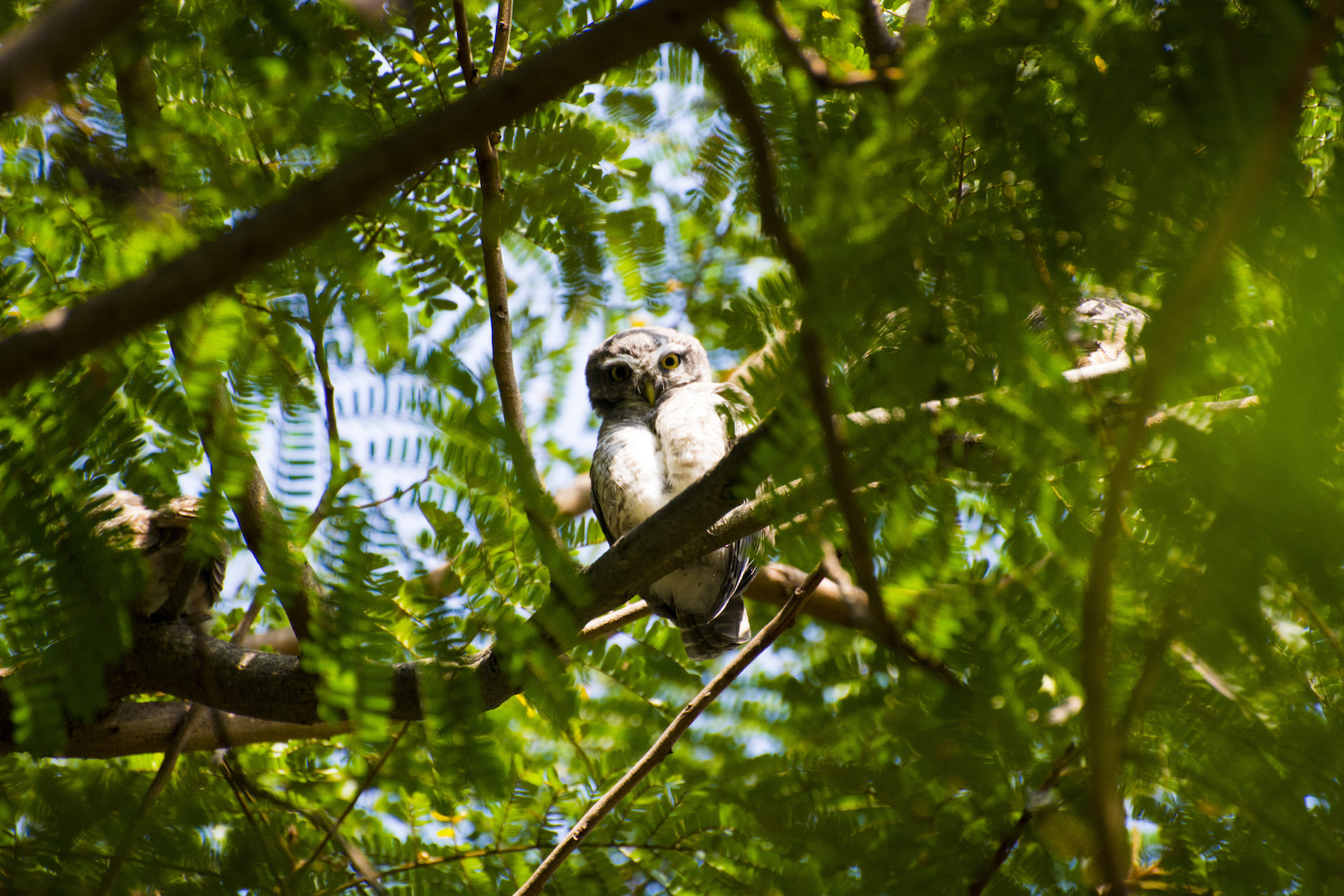 Listen to this article
•
15:34 min
Listen to this article
•
15:34 min
In the heart of Bengaluru sits Lalbagh Botanical Garden, the city’s second lung after Cubbon Park. Complete with a lake that supports a plethora of life in and around it, it is a tree-filled oasis that gives the city’s residents and visitors (human and otherwise) a much needed space to breathe clean air and reconnect with nature.
Whether you are looking for a weekend of fresh air along the tree-lined track running around the lake or hoping to enjoy the smells and colours of the biannual flower show, there is something at the garden for everyone. The space offers just as much to its non-human residents and visitors, from darters and cormorants drying their wings, to keelbacks swimming out to catch their next meal. The literal translation of the name ‘Lal Bagh’ is red garden. While most lean towards the explanation that red refers to some of the original flora planted in the garden, the word also translates to ‘beloved’, a word most Bangaloreans would easily relate to when thinking of this iconic lung of the city.
Cities are popular feeding sites for birds like this resident owlet that finds plenty to eat with rodents, mice,and tiny reptiles roaming freely around urban parks like Lalbagh.
Rich history meets rich biodiversity
Commissioned in 1760 by Hyder Ali, the garden has grown over time from 40 acres to now cover approximately 240 acres. Completed by his son Tipu Sultan shortly after, the garden quickly became host to one of the largest collections of rare plants. The evolution of the garden began in the early nineteenth century under British rule as it slowly became a centre for both botany and horticulture. After 1855, under the advice of Hugh Cleghorn, botanical advisor to the then commissioner, the garden began planting more native species as well as introducing exotic species that could be used beyond their ornamental value. According to a catalogue of plants documented by William New in 1861, Lalbagh housed plant species like coffee and tea that would go on to have significant economic importance.
With over 1,000 species of plants now present in the garden, it has a wide diversity of life. The garden is also a popular birding spot. Water bodies are lined with herons, swamphens, cormorants, and other birds that thrive in an aquatic habitat. The sky is filled with black kites, Brahminy kites and the occasional booted eagle. Its canopy resounds with the songs of barbets, is dotted in gold with orioles, and decorated with the watchful eyes of resident owlets.

Lake of liquid gold
One of Lalbagh’s most iconic features is its picturesque lake, which is teeming with life. For nature enthusiasts looking to spot urban wildlife, a mud trail that runs around its perimeter is near perfect. The trail is lined with a wide diversity of trees that support an equally impressive diversity of birds. In the upper canopy, black kites and Brahminy kites get a bird’s-eye view, while kingfishers sit closer to the water, all keep a watchful eye out for unsuspecting fish.
If you are on the eastern side of the lake looking west onto the water, a particularly magical event ensues each evening as the sun begins to set. The water slowly turns to gold. Water birds (seemingly unimpressed by rare metals) gently break the surface of this liquid gold.
The lake is dotted with islands that have abundant tree canopies. The tops of these trees typically bear a peculiar resemblance to each other thanks to the flocks of cormorants that partially mute the varying shades of green. Amidst the populous cormorants are the brightly-coloured painted storks delivering a sharp contrast, and the Eurasian darter that looks quite like the cormorant — all blending right in.
When the cormorants aren’t busy contemplating their lives atop canopies, they are busy hunting in the water. The lake is filled with aquatic life and its fish inhabitants are typically prey for a wide range of birds and reptiles. Black kites can be seen swooping into the lake to grab a sumptuous meal. Checkered keelbacks bask on the shores of the lake and slither in when it is time to eat. Keelbacks are specialised hunters that primarily feed on fish, making the lake a critical habitat.
A simple stroll around the lake will reveal the remarkable diversity of ‘urban wildlife’ that lives alongside us even in cities as urbanised as Bengaluru. While a stroll on your own through Lalbagh can be wonderful, the experience of going on guided nature walks can accelerate the learning curve, and over time walks through the garden become an enriching conversation with nature.

Walk on the (urban) wild side
As is typical of a great weekend destination, Lalbagh brims with people. Amidst the dense crowds, you will likely see small groups of people led by a passionate presenter. Nature-based groups are extremely welcoming of anybody willing to learn about nature. Specialised nature walks are a great opportunity for people to learn from experts who are keen on sharing their knowledge of trees, birds, insects, or anything else in nature that has told them a secret or two. These walks create a perfect foundation for each of us to become more aware of our environment. Understanding our environment is a critical step in us respecting it and protecting it.
Even in the case of a dedicated green space like Lalbagh, our sheer disregard for the environment can be seen, in the vast expanses of plastic clogging the check-dams around the lake, and in administrative bodies planning to replace nature with artificial amenities for entertainment. In our ever-expanding and rapidly urbanising world, it may not be enough to simply create spaces that separate us from nature. We must also focus on separating ourselves from ignorance, and understand the natural world around us. Spaces like Lalbagh give us an opportunity to learn from nature and from each other.










